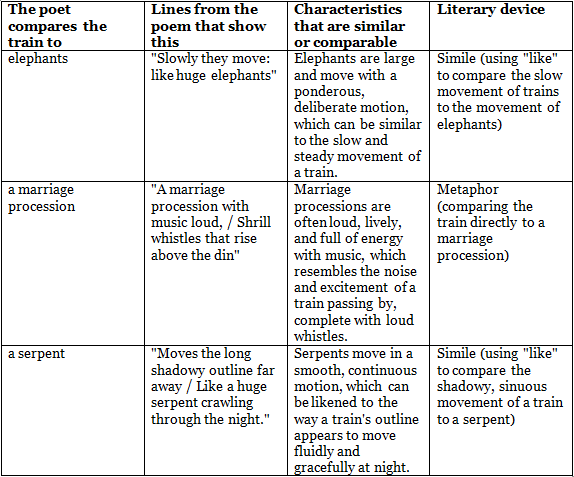Textbook Solutions: Trains | Class 7 English Oxford PDF Download
Poem appreciation
1. On the basis of your understanding of the poem, tick the most suitable option to complete the following statements.
(a).
Ans: (i)
(a) The trains
(i) irritate the poet.
(ii) amuse the poet.
(iii) fascinate the poet.
(iv) horrify the poet.
Ans: (iii)
2. Answer the following questions briefly.
(a).
Ans: The poet calls the train 'tedious' because some trains are slow-moving, dark, and lack the usual features that make them visually interesting.
(b).
Ans: In the middle of a night, the train reminds the poet of a huge serpent crawling through the night because its long, shadowy outline moves like a serpent's.
(c).
Ans: The poem ends with a question because the poet is puzzled about where the trains go and finally rest after their restless journey. This question reflects the poet's curiosity and wonder.
(d).
Ans: This question is subjective and depends on the personal experience and interest of the student. Some students may find trains fascinating due to their speed, design, and the fact that they can travel long distances, whereas others may not share the same interest.
3.
Ans:
|
17 videos|90 docs|18 tests
|
FAQs on Textbook Solutions: Trains - Class 7 English Oxford
| 1. What are the different types of trains mentioned in the article? |  |
| 2. How are trains powered according to the article? |  |
| 3. What safety measures are discussed in the article regarding trains? |  |
| 4. How do trains contribute to the economy, as per the article? |  |
| 5. What is the history of trains briefly mentioned in the article? |  |
















